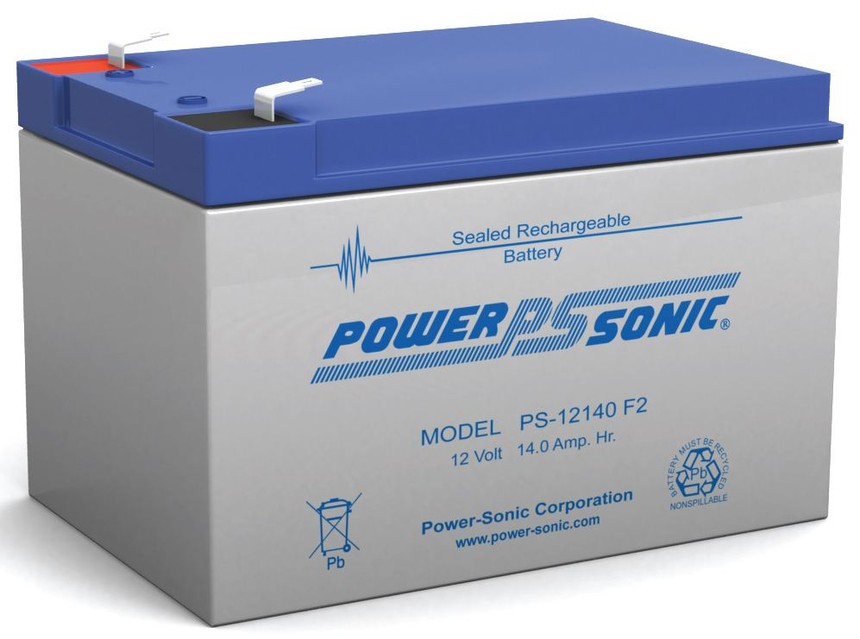船用POWER SONIC蓄电池符合的船用环境技术条件
包括以下几点:
(1)适应振动和冲击。振动可使电气设备的固定或连接部件松脱,使部件结构损坏或失灵。所以要有防松脱措施、减振或隔振措施,具有坚固的耐振动和抗冲击的机械结构。
(2)适应倾斜和摇摆。持续的倾斜和摇摆破坏了正常静止位置时力的平衡,对运动部件产生附加力,导致设备故障或损坏。
(3)适应环境温度。环境温度对电气设备的性能和使用寿命有重要影响。环境温度包括空气温度和海水温度。
(4)适应潮湿、盐雾、油雾和霉菌的环境。环境空气的潮湿、盐雾、油雾和霉菌使电气设备绝缘材料的绝缘性能下降,使金属部件产生锈蚀和腐蚀。潮湿的盐雾在绝缘材料表面形成潮湿的漏电薄膜,在湿热条件下霉菌分泌有机酸,加剧了表面的潮湿性。油雾和灰尘粘附于表面增加了表面的漏电,而且阻碍散热使温度升高。潮湿的水分子渗入绝缘材料的裂缝和毛细孔中,使漏电流增大,从而导致绝缘电阻下降。许多电气设备的损坏往往是由绝缘材料的热击穿而引起的。由于温度超过一定极限,将加速绝缘材料的老化,失去绝缘性能。因此船用电缆、电线、绕组等要用较高耐热等级的耐潮湿、抗盐雾、防霉菌的绝缘材料,要用阻燃性好、机械强度好和耐腐蚀的材料。
(5)适应船舶电网电压和频率的变化。船舶电力系统是1个独立的有限电网。电压和频率均受负载变化的影响,因此规定了电压和频率的变化范围,要能在此范围内有效工作。
(6)防护要求。为了避免电气设备受到外部固体和液体异物的侵入而发生故障或损坏,从而引发火灾隐患,一般电气设备应有防护壳罩.
Marine power sonic battery meets marine environmental technical conditions
It includes the following points:
(1) Adapt to vibration and impact. Vibration can loosen the fixed or connecting parts of electrical equipment and damage or failure of component structure. Therefore, anti loosening measures, vibration reduction or vibration isolation measures shall be taken, and solid mechanical structure resistant to vibration and impact shall be provided.
(2) Adapt to tilting and rocking. Continuous tilting and rocking destroy the balance of force in the normal rest position, generate additional force on moving parts, and lead to equipment failure or damage.
(3) Adapt to ambient temperature. Ambient temperature has an important impact on the performance and service life of electrical equipment. Ambient temperature includes air temperature and seawater temperature.
(4) Adapt to the environment of humidity, salt fog, oil fog and mold. The humidity, salt fog, oil fog and mold of the ambient air degrade the insulation performance of the insulating materials of electrical equipment and cause corrosion and corrosion of metal parts. The wet salt fog forms a wet leakage film on the surface of the insulating materials. Under humid and hot conditions, the mold secretes organic acids and aggravates the wettability of the surface. Oil mist and dust Adhesion to the surface increases the leakage of the surface, hinders heat dissipation and increases the temperature. Wet water molecules penetrate into the cracks and pores of the insulating material, increasing the leakage current and reducing the insulation resistance. The damage of many electrical equipment is often caused by the thermal breakdown of insulating materials. As the temperature exceeds a certain limit, the aging of insulating materials will be accelerated and the insulation performance will be lost. Therefore, marine cables, wires, windings, etc. shall be made of insulation materials with high heat resistance, moisture resistance, salt fog resistance and mold resistance, and materials with good flame retardancy, mechanical strength and corrosion resistance.
(5) Adapt to the changes of voltage and frequency of the ship's power grid. The ship's power system is an independent limited power grid. Both voltage and frequency are affected by load changes. Therefore, the variation range of voltage and frequency is specified and can work effectively within this range.
(6) Protection requirements. In order to avoid failure or damage of electrical equipment due to intrusion of external solid and liquid foreign matters, which may cause fire hazards, general electrical equipment shall be provided with protective shell cover.
